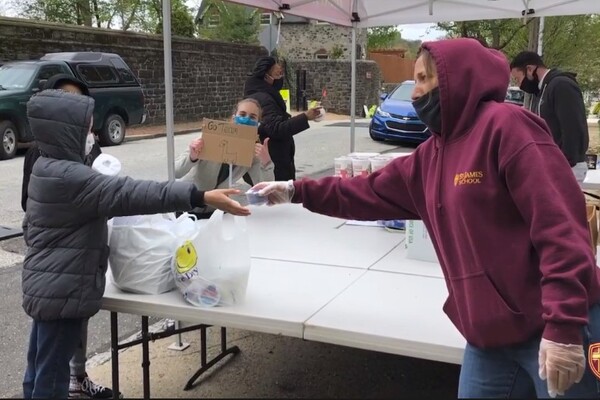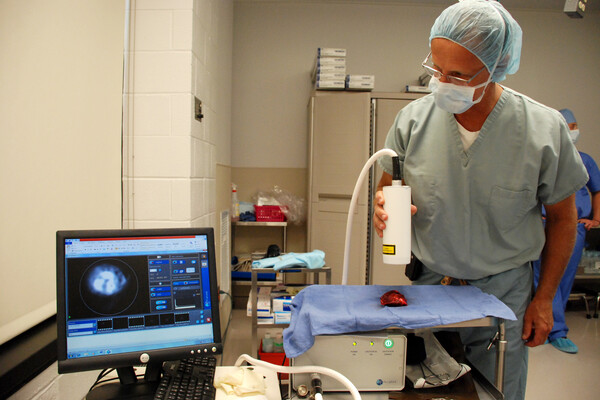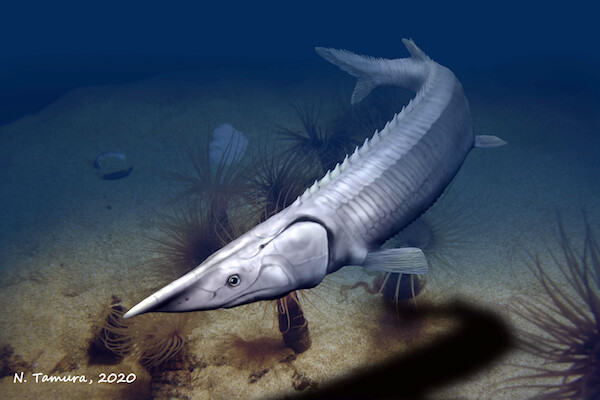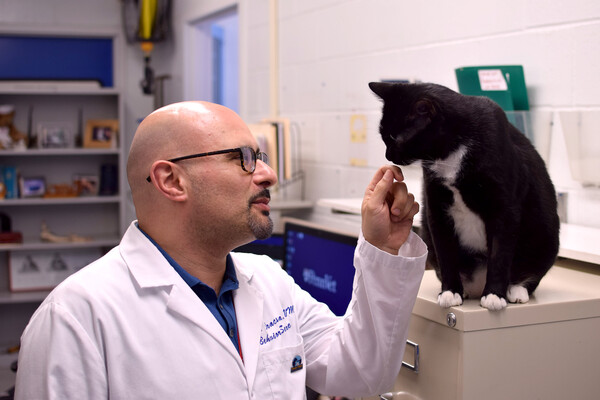
The ancient philosopher Plato conjectured that the universe was composed of particular geometric shapes; the earth, of cubes. Findings from a multidisciplinary research team found truth in Plato's belief.

The ancient philosopher Plato conjectured that the universe was composed of particular geometric shapes; the earth, of cubes. Findings from a multidisciplinary research team found truth in Plato's belief.

An immune response can be helpful, harmful, or somewhere in between, in COVID-19 and many other medical conditions.

As the pandemic hit, recent grad Alexandria Brake (holding “Go Team” sign) and colleagues at the St. James School in North Philadelphia began distributing groceries and other supplies to students and their families. (Image: Courtesy of Alexandria Brake)

David Holt of the School of Veterinary Medicine and colleagues have been using an innovative imaging technique to seek out cancer in dogs undergoing surgery. (Image: John Donges)

COVID-19 reshaped Andi Johnson’s course on social determinants of health, inspiring a new focus on how the pandemic shaped employment and how people's jobs influenced their ability to stay safe.

In a new report, paleontologists Lauren Sallan and Jack Stack re-examine the “enigmatic and strange” prehistoric fish Tanyrhinichthys mcallisteri. (Image: Nobu Tamura)

Carlo Siracusa, associate professor of clinical behavior medicine at the School of Veterinary Medicine (Image: John Donges/Penn Vet)

Researchers Meagan Rubel and Eric Mbunwe process fecal samples in a hunter-gatherer village at dusk. (Image: Courtesy of the Tishkoff laboratory)

Despite her time being cut short by the COVID-19 pandemic, rising senior Adriana Discher packed a lot into her time studying abroad in Hanoi, Vietnam, and Cape Town, South Africa. (Image: Courtesy of Adriana Discher)